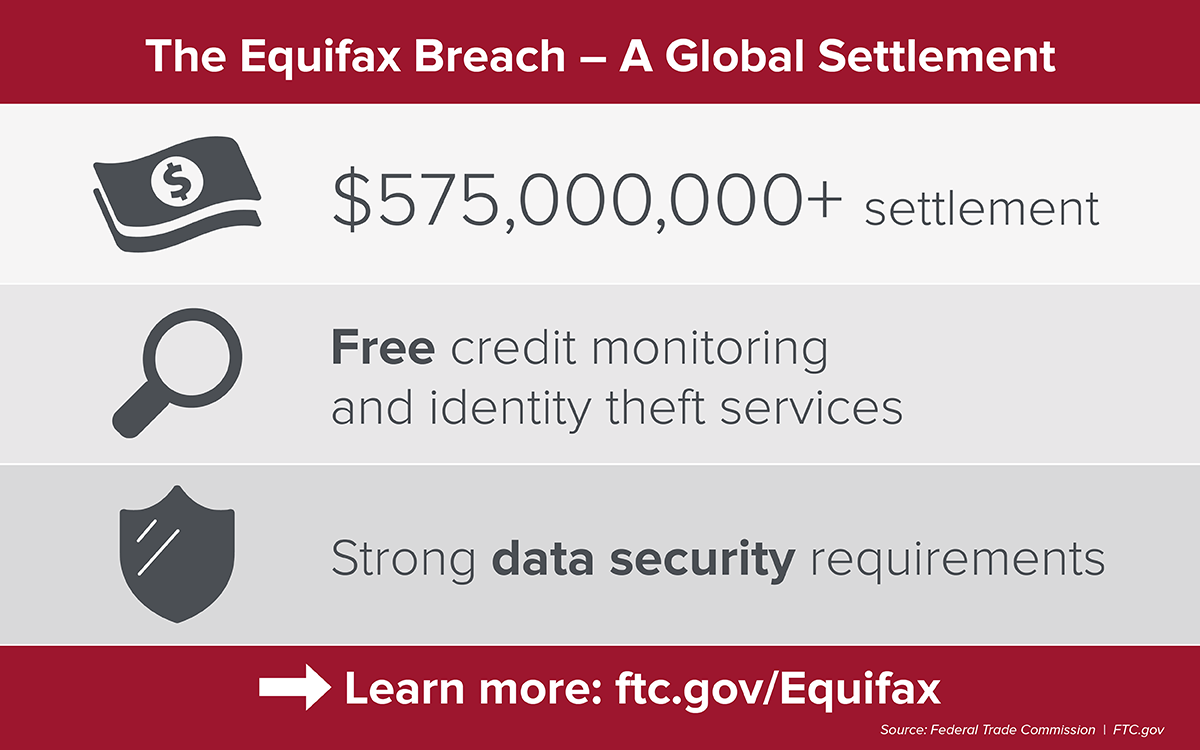
Photo by Kasia Derenda on Unsplash
Equifax Data Breach: Examining the 2017 breach compromising sensitive consumer information.
Unraveling the Equifax Data Breach: Understanding the 2017 Compromise of Sensitive Consumer Information
In 2017, Equifax, one of the largest consumer credit reporting agencies, experienced a devastating data breach that compromised the sensitive personal information of millions of individuals. This breach, one of the most significant in history, exposed names, Social Security numbers, birth dates, addresses, and in some cases, even driver's license numbers. In this blog post, we'll delve into the details of the Equifax data breach, examining its causes, impact, aftermath, and the lessons learned.
Origins of the Breach: The Equifax data breach originated from a vulnerability in the company's website software, specifically in the Apache Struts framework. Despite a patch being available months before the breach, Equifax failed to apply it, leaving their systems exposed to exploitation by cybercriminals. The attackers successfully exploited this vulnerability to gain unauthorized access to Equifax's network and exfiltrate vast amounts of sensitive consumer data over an extended period.

Impact on Consumers: The breach had far-reaching consequences for consumers whose data was compromised. The exposed information could be used for identity theft, fraudulent credit applications, and other malicious activities. Many individuals faced significant challenges in protecting their identities, monitoring their credit reports, and mitigating the potential harms resulting from the breach. The breach eroded trust in Equifax and raised concerns about the security of personal data held by credit reporting agencies.
Response and Fallout: Following the discovery of the breach, Equifax faced intense scrutiny from regulators, lawmakers, and the public. The company came under fire for its handling of the incident, including delays in disclosure, inadequate security measures, and executive stock sales prior to the breach becoming public knowledge. Equifax's response, characterized by confusion, miscommunication, and delays in providing assistance to affected consumers, further exacerbated the fallout from the breach.
Legal and Regulatory Ramifications: The Equifax data breach resulted in numerous lawsuits, investigations, and regulatory actions. Equifax faced legal challenges from consumers, financial institutions, and government agencies, leading to multimillion-dollar settlements and fines. The breach also spurred legislative efforts to enhance data protection and cybersecurity standards, including the implementation of stricter breach notification requirements and increased oversight of credit reporting agencies.
Lessons Learned and Future Preparedness: The Equifax data breach highlighted critical shortcomings in data security practices, incident response procedures, and corporate governance. Key lessons learned include the importance of timely patching, robust security controls, transparency in breach disclosure, and accountability at all levels of an organization. The incident underscored the need for companies to prioritize data protection, invest in cybersecurity resilience, and cultivate a culture of accountability and trust.
Conclusion: The Equifax data breach serves as a sobering reminder of the pervasive threats posed by cyberattacks and the profound impacts they can have on individuals, businesses, and society as a whole. As we reflect on this landmark event, it is essential to recognize the imperative of proactive cybersecurity measures, effective risk management, and responsible stewardship of sensitive consumer data. By learning from past mistakes, embracing best practices, and fostering a collective commitment to cybersecurity, we can strive to build a more secure and resilient digital ecosystem for the benefit of all.



